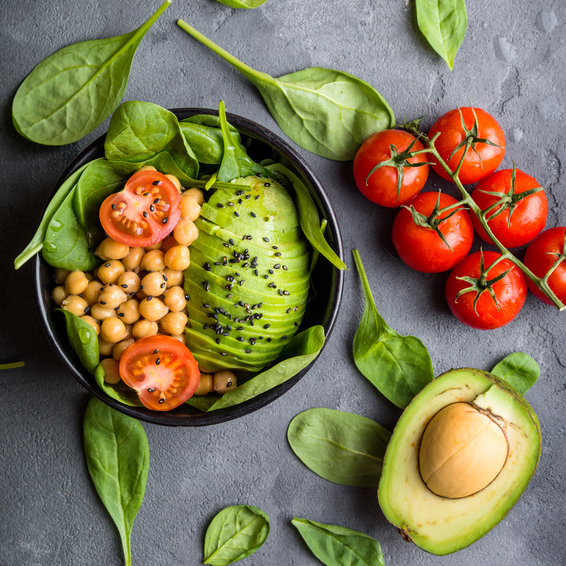it’s time to consider having a healthier restaurant. We refer to adapting your business to new habits of healthy eating, since it is not a passing fad, but a new lifestyle increasingly global:
- In Mintel’s report on global food and beverage trends 2017 , vegetables are ahead and the habit of buying healthy products is no longer a luxury.
- Caring for food is increasingly common in countries such as Switzerland, Sweden, Holland, Denmark, Portugal or Belgium, where for 8 years they have a vegetarian day a week.
- In other countries such as France, 46% of the population highly valued restaurants that have vegetarian dishes, according to a study by CHD experts.
- In Spain, for its part, the consumption of organic products has grown by 24.5% in just one year, according to the latest study by the Ministry of Agriculture and Fisheries, Food and Environment .
And we could continue citing figures, the truth is that it is a latent reality.
How to adapt to it?
It is necessary to understand the needs and motivations of customers who seek to eat and take care of their health at the same time, so that you and your team can give them personalized attention and achieve a fireproof loyalty. In this regard, we clarify some essential terms of this trend:
Vegetarians: Their diet does not include meat or fish.
Vegans: Their diet excludes any food of animal origin (meats, eggs, honey, dairy), as well as any product from these industries.
Flexitarians: Their diet is more “flexible”, because they consume certain meats, mainly fish.
Eco Customer: Their food is based on organic products, the so-called “real food” or real food, whose origin is of orchards and proximity suppliers and exclude industrial products.
And there are customers who have recently adopted these habits, who eat everything, but who increasingly value healthy offers in restaurants.
To please all these profiles, it is ideal that you can include in your menu dishes made with the following products, since they are the basis of the meals that consume the most:
- Fruits (Tropical ones like avocado, coconut, mango, passion fruit, are in fashion)
- Vegetables
- Vegetables
- Whole grains
- Seeds and super foods (Quinoa, chia, hemp, sesame, rich in nutrients)
- Healthier oils (extra virgin olive, coconut)
All these vegetables are good but some times we are in a situation where the vegetables are not available to us, in such type of conditions every one prefers fast food. there are variety of number of fast food outlets but some are best like KFC, McDonald’s etc. These fast food franchises are spread all over the world and have the facility of online delivery. You can mcdonalds apply online.
More vegetable products
Include dishes in your offer that have ingredients rich in vegetable protein such as chickpeas, for example, as it is the way in which vegan and vegetarian customers obtain the nutrients present in animal meat. That’s why hummus, vegetable dips or vegetable burgers are sold like hot cakes. Also look for alternatives to dairy products of animal origin (for lactose intolerant), such as rice, almond, soy milk, when making creams or shakes.
Less chemical additives
Another great point for your restaurant would be to include some dishes made exclusively with organic products that you buy from a reputable supplier. Customers will prefer these recipes, as they are free from the preservatives and chemical additives present in most industrial foods. A bio omelette, an organic asparagus risotto, a chicken farmyard (raised respectfully and without hormones) with tender vegetables accompanied by a craft beer … will be the favorites of your healthy customers.
Natural sweet
One of the most feared ingredients in this trend is refined sugar, so it is not surprising that some customers insist on asking if you have a dish that is really free of this product, not only to avoid the calories it contributes but also because of the harmful effects to health. So it will be very appreciated to have naturally sweetened recipes, with fruits or alternative products such as coconut sugar or rice molasses. A tomato sauce sweetened with dates, for example, can be a healthy treat. And not to mention how tempting it will be, find desserts naturally sweetened in your letter says Mike.
Without gluten
Another trend increasingly widespread is to offer gluten-free bread such as buckwheat, corn or quinoa. You can do the test. Start offering it as a complement to your menus and you will see how more and more customers will prefer this option to traditional wheat bread , since it is better digested, less fattening and still tasty. Celiac clients, of course, will appreciate this detail especially.


